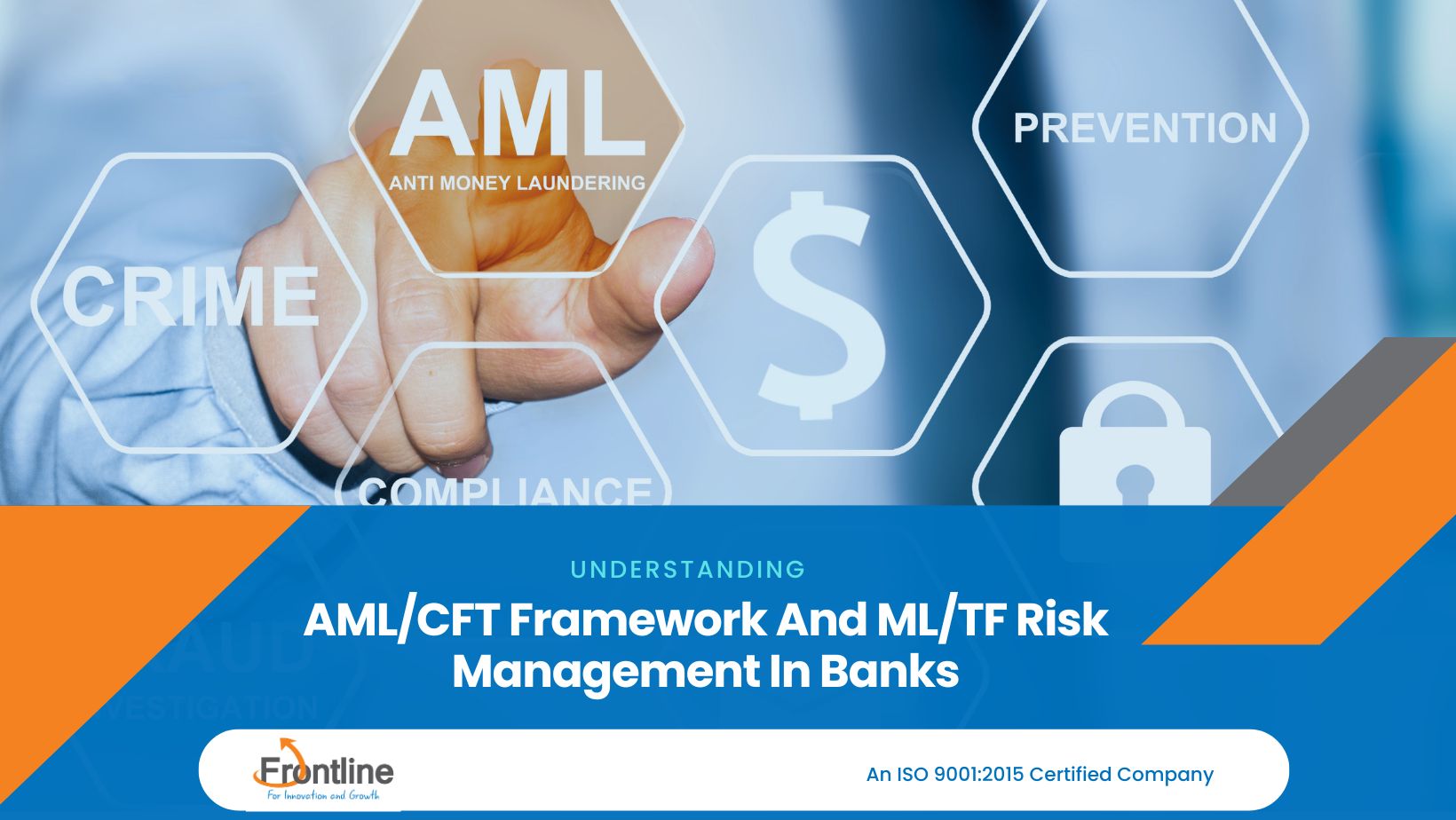
AML/CFT Framework And ML/TF Risk Management In Banks
Comprehensive Training: AML/CFT Framework and ML/TF Risk Management in Banks of Nepal
COURSE OVERVIEW
“High degree of financial integration and associated cross-border financial flow have exposed economies to risk-related money laundering and terrorist financing. These developments have threatened the smooth functioning of financial markets across the globe. Therefore, BFIs officials must be conversant with prevailing laws and regulations and their applications along with the repercussions of failure to comply with them. This program will provide a comprehensive framework for the above aspects to the employees”
COURSE OBJECTIVES
- How a BFI can take business and AML/CFT together
- How AML/CFT helps expand business
- How minimum resources and staff can work on AML/CFT
- How a BFI can best implement newly amended but rigorous laws with limited resources
- The linkage between Banking and AML/CFT measures and their inseparability
- Instruments that help assess risk and focus only on the high-risk areas
- The easy modality & benefits of applying AML/CFT (including KYC/CDD) with institutions
- The way of dealing with customers about AML/CFT
- The matter of training junior staff to face the customers
Learning Goals:
After attending the session participants will be able to;
- To share policies and guidelines on the implementation of money laundering prevention and recent development.
- To gain a thorough understanding of the compliance requirements and obligations of financial institutions under the AML/CFT regime in Nepal.
- To understand the gravity and consequences of non-compliance.
- Understand the various aspects of operational risks
- Understand the regulatory perspectives on operational risk management
- Understand various techniques and processes to minimize operational risk.
Course Content
1. General Overview of AML/CFT
- Concept of AML/CFT
- Stages of money laundering
- Terrorist Financing: Sources of funds & Methods to transfer funds
- Impact of Money Laundering and Terrorist Financing
- Key players and stakeholders in the AML/CFT system
- ML/TF risk, Cost of non-compliance, and supervisory concerns
- FATF recommendations and Nepalese AML/CFT regime
- FATF recommendations
- Nepalese AML/CFT regime
- Major provisions of the Assets (Money) Laundering Prevention Act, 2008
- Major provisions of Assets (Money) Laundering Prevention Rule, 2016
- NRB Directives on AML/CFT
- KYC, CDD, BO, PEPs, and Sanction
- KYC: KYC meaning, Key aspects of KYC, the Customer identification procedure
- CDD: CDD process, simplified CDD, Standard CDD, Enhanced CDD, Risk-based approach to CDD
- Beneficial ownership
- Sanction and PEP checks
- Suspicious transactions/activity and threshold reporting
- Suspicious transactions: indicators, identification, types, and reporting
- Threshold reporting
- Responsibilities of Reporting Institutions
TARGET PARTICIPANTS:
- Officials involved in Front Desk Office, Customer Service, KYC, Compliance and Reporting, Related Supervisors & Officers
HOW DO WE DELIVER?
Frontline believes in training for transformation and its methodologies change with the change in corporate culture.
- Participatory-led oral presentation
- Activity-based
- Case-analyses
- Demonstrations and practice exercises
About Trainer
- We have a highly professional resource person from NRB From Supervision Department.
For More Information:
Contact No: +977-9801898004 (WhatsApp)
Email: training@frontline.com.np
URL: www.frontline.com.np


